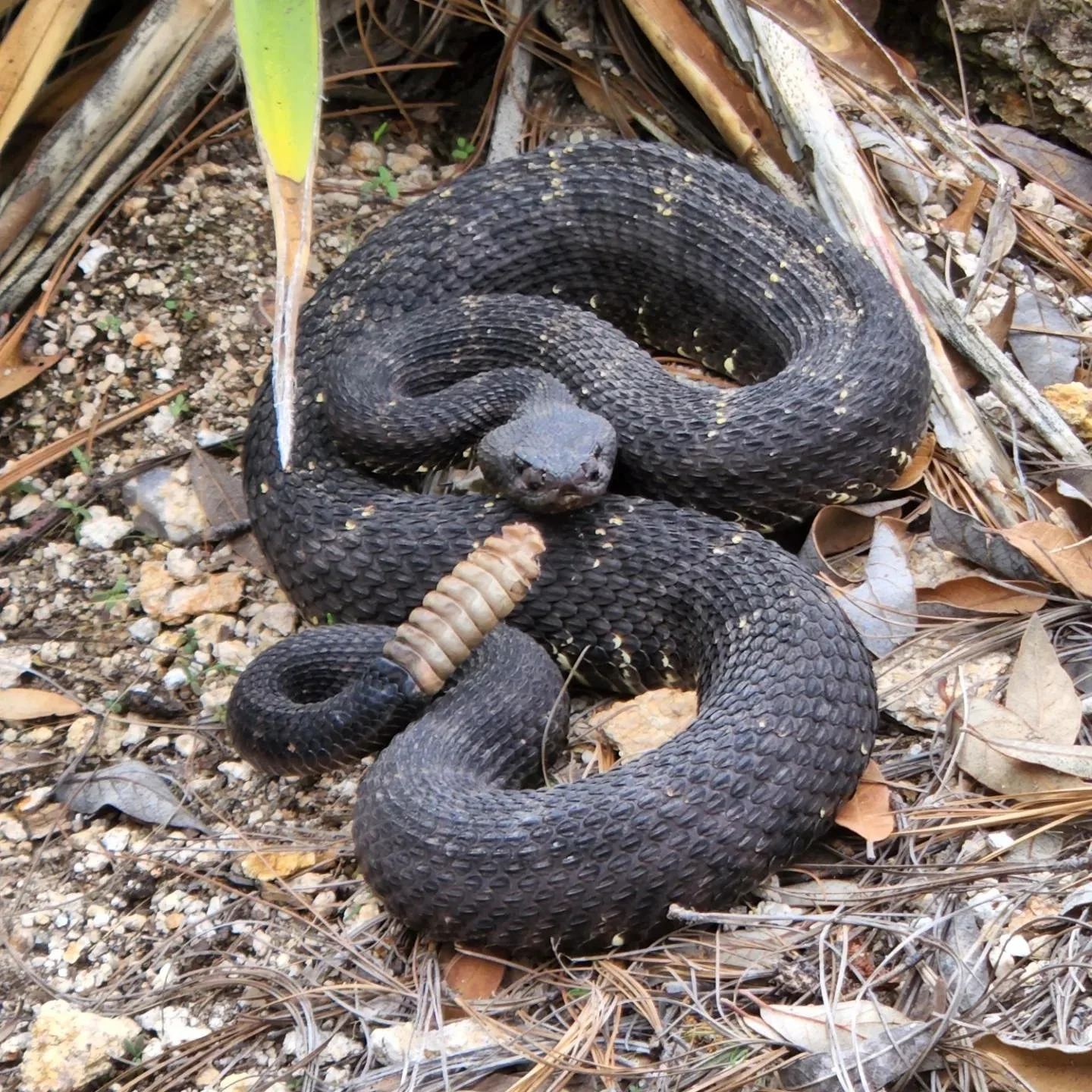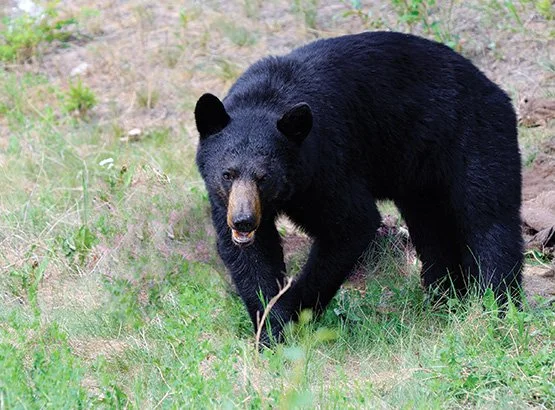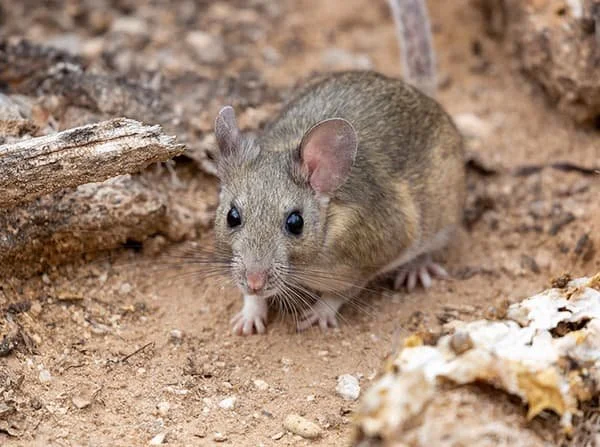The 3 Animals I (Kinda) Worry About When Backpacking in Arizona
Part of what makes backpacking magic is how it returns us to a state of vulnerability. You’re several miles from the safe confines of your vehicle and even further away from cell reception. Sure you bring a few pieces of civilization with you in the form of gear, but ultimately you’re fully immersing yourself into nature, along with the wildlife calling it home.
While I have a lot of love and appreciation for our local fauna, it’s critical to take precautions to protect myself, guests, and the animals themselves. But as I spend more time in the backcountry, there’s some wildlife I learned to be more cognizant of.
Before digging in further, it should be noted that we’ll be discussing animals you may come across in Arizona’s continuous Ponderosa Pine forest, which stretches from the Grand Canyon’s south rim to western New Mexico. This includes places like the San Francisco Peaks, Mogollon Rim, and AZ White Mountains.
Furthermore, I’m far from being an animal expert and only writing from personal experience. Do your research ahead of every trip and consult local resources about the wildlife you may encounter.
With all that cleared, here are the top 3 animals I (sort of) worry about when backpacking in Arizona:
3: Arizona Black Rattlesnake
Other than a sliver of western New Mexico, the Arizona Black is native to the Copper State and the only rattlesnake of our 13 species to be found in high altitude wooded regions. This venomous pit viper tends to be more elusive and shy compared to its desert dwelling relatives but still capable of delivering a nasty bite.
As for limiting your risk when visiting black rattlesnake habitat, common sense is your most effective tool. Pay extra attention when hiking in high grass and thicker brush. Be mindful in areas like creeks where there’s often a lot of river rock for these serpents to sunbath on and hide under. It also couldn’t hurt to check your boots and underneath your gear after you wake up in the morning.
Personally, I lose no sleep over these beautiful critters and have only noticed a few in the wild. For a little perspective, I’ve encountered more bears in Arizona.
2: Black Bears
To level set, your chances of directly being attacked by a black bear in Arizona are practically slim to none. Since 1990, there have been 16 reported incidents with humans, 2 of which were unfortunately fatal. While these deaths are tragic, from a statistical standpoint a violent run in with a bear should be very low on your list of things to worry about. But if attacks are so rare, why should I show any concern at all?
Like pretty much every wild animal in existence, black bears are in constant search of a food source and depending how desperate they are, your camp chow may be targeted. Now there are many reasons why it’s bad news bears if one robs you of your backpacking meals but most importantly, you’re likely teaching that animal to associate humans with food and in that process, lose its fear of us. There are no positive outcomes if that’s allowed to happen.
Lesson the chances of your food being taken with a traditional bear hang over a tree branch. I’d also recommend throwing your meals in something like a dry bag to help conceal the smell. Or if you want an easier all in one solution, bear canisters ought to provide sufficient protection. And no matter what, never keep food in your tent.
Random fact: Grizzly bears historically roamed a sizable portion of Arizona but were unfortunately eradicated in the 1930s.
1: Packrats
You’d be forgiven for thinking these small and cuddly looking rodents are cute. But let’s say you return to camp after a long but fun day exploring nearby petroglyphs. You’re exhausted and hungry, so you go to grab a meal from your pack inside your tent. Upon unzipping the entrance, you’re confronted with a mess of scattered dehydrated food bits and small debris that wasn’t there when you left. Before having time to process what this means for your trip, you see two packrat sized holes, one near a tent corner and the other leading into your expensive new pack holding precious gear. You begin wondering how extensive the damage is and how you’ll compensate for losses. Sunset is less than an hour away and you need to make some decisions.
Okay, this scenario is a bit extreme but like all wildlife, packrats are motivated by hunger and will not hesitate to chew through what they have to in their pursuit. While encounters with the previously mentioned animals are rare, these rodents are numerous and pretty much everywhere, including our beloved campsites.
Personally, my pack has never been ransacked by anything during all my time outdoors. But that could be because most of my backpacking trips are no more than 2-3 nights. Were I to stay at one camp for longer, these furry residents may become more comfortable with my presence and get curious about my calorie stash.
Although we can’t really avoid these neighbors, there are a few measures you can take to reduce the chances of an incident. For example, there are rodent resistant meal bags currently on market and a bear hang would certainly make things less accessible.
Or course there’s plenty of other wildlife you should be mindful of depending on where you are and when you’re visiting (scorpions in summer, bull elk during the rut, intrepid mountain lions, etc.). However, the ones highlighted above are what I’ve encountered most frequently and have the most potential for trouble.
Overall, it’s exhilarating to see wildlife during a backpacking trip and I treasure every brief moment. But thanks to a little mitigation work and some luck, my wild animal encounters have only been positive.




